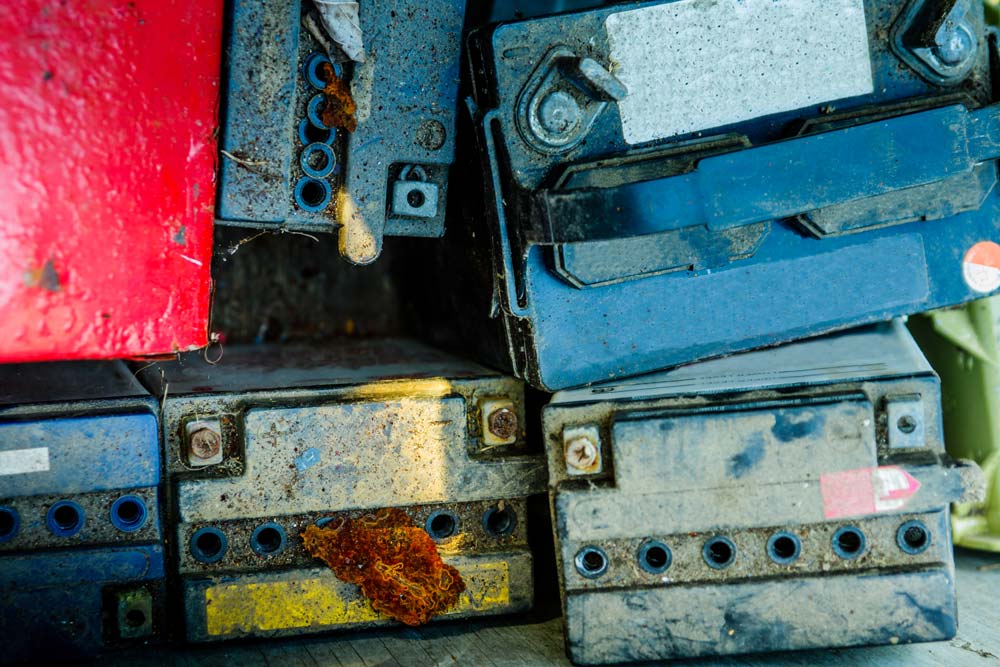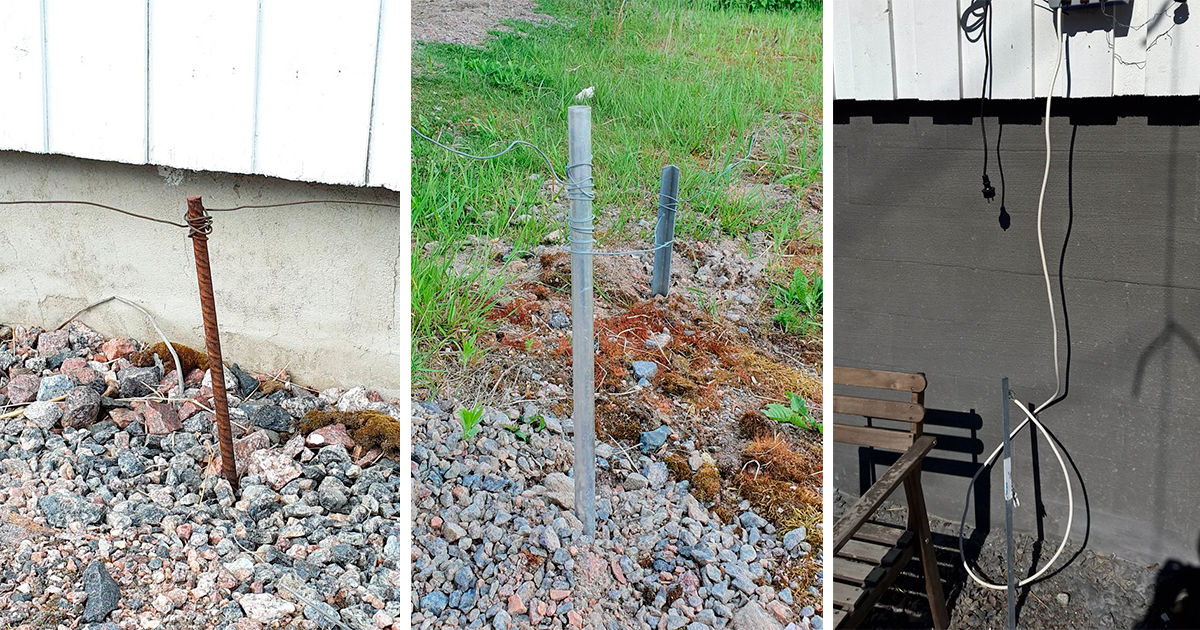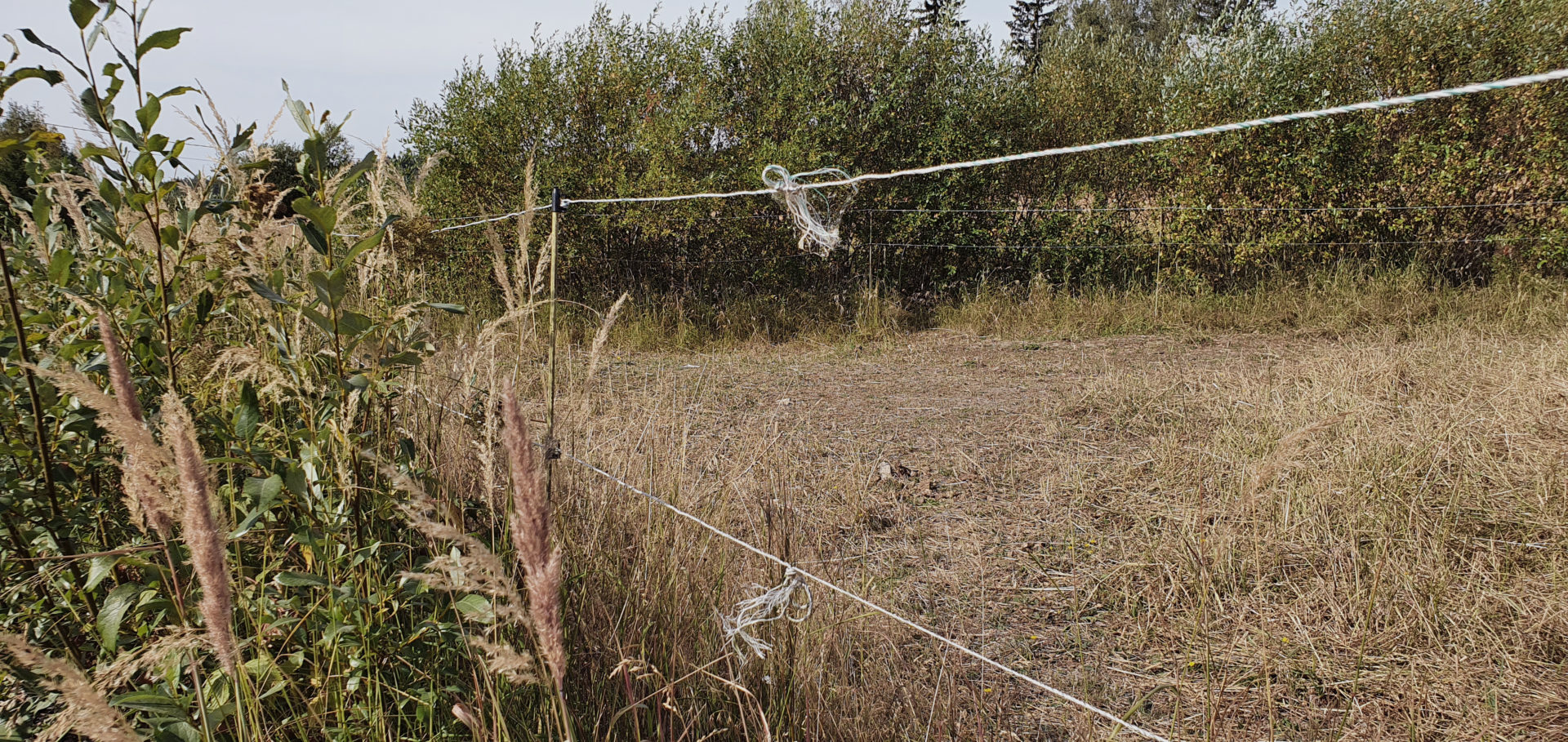Choosing the right battery for the job significantly prolongs its service life
Choosing a battery for an energiser seems a difficult task: there are so many options... A few related tips can save you the trouble of constant rummaging through stores.
For example, there are many types of lead-acid batteries quite commonly used with energisers. Vehicle starter batteries are often the most familiar. Another common battery type is so-called leisure battery intended for low-current applications, such as caravans and boats. There is a slight difference in price in favour of the vehicle starter batteries, which are a tad cheaper.
We specifically recommend using leisure batteries as an energiser’s power source. As compared to vehicle starter batteries, these are better suited as power supplies for energisers for a number of reasons. Firstly, leisure batteries can be almost completely discharged little by little over a long time without damage to their capacity. After all, this is what energiser use is mostly like: Quite often, it just waits there at the edge of a pasture and is charged only when the power runs low (or when someone remembers about it). Secondly, in low-power operation, a good leisure battery can last on a single charge up to twice as long as a starter battery of the same size, and its service life in energiser use is always longer than that of a comparable starter battery. In other words, the slightly higher purchase price will pay off in terms of clearly longer service life! As a further tip, the batteries intended for solar panel use are the best choice for solar panel energisers, and nowadays such batteries are quite conveniently available.
Starter batteries, on the other hand, have been made for momentary supply of high current and should be kept fully charged at all times. Because of this, they are ill suited as a power source for energisers. Honestly, who would take the trouble of keeping the energiser battery at the pasture edge fully charged, day in, day out. In practice, of course, a vehicle starter battery can be used with energisers, but you should keep in mind that using a starter battery for low current supply over a very long period of time causes internal destruction of the battery (so-called sulphation). In case of an overly deep discharge, recharging of the starter battery may even become impossible. In addition, starter batteries self-discharge quickly, sometimes even faster as compared to the energy consumption of a low-power electric fence energiser. In order for a starter battery to last as long as possible, it needs to be charged well before it becomes discharged, at least every month (so-called maintenance charge). The service life can also be extended by using a smart battery charger that performs battery maintenance during the charging.
After all, it often happens that the battery energiser is only used during the grazing season, and at other times of the year, the battery just lies forgotten somewhere at the back of a cold storage shelf. By the way, this is an excellent approach if you like buying new batteries every spring! This might come as a surprise, but a battery also needs charging when the energiser is not in use, to prevent battery damages caused by self-discharge. Even though storing in a cool place is good for a battery, in extreme cold, the battery can be destroyed by freezing (the lower the charge in the battery, the easier this happens). Therefore, in winter, batteries should not be stored in completely unheated premises. Batteries are not too fond of heat either: Excessive heat causes batteries to age.
Even though Olli battery energisers come with deep discharge protection sparing the batteries from being completely discharged, in energiser use, the service life of batteries can be significantly extended by charging them regularly before the energiser’s deep discharge protection interferes. Self-discharge and low battery sulphation also affect leisure batteries, but to a clearly lesser extent as compared to starter batteries. Therefore, to maximize the service life, leisure batteries should also be charged as soon as they become half-full.
Battery tips in a nutshell:
- In energiser use, prefer leisure batteries to starter batteries.
- Charge batteries as soon as they become half-full.
- Remember to charge a battery regularly even when not in use.
- In winter, do not store batteries in unheated premises.
The start of the next grazing season can be made easier, at least as concerns the power supply, by appropriate battery selection and adequate battery maintenance and storage. The energiser will do its job if there is enough power! :)



